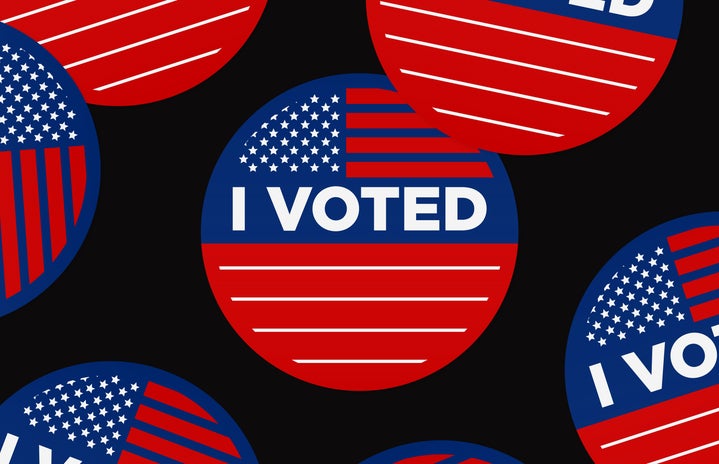With the midterm elections coming to a close, it’s important to analyze what’s happened across the nation. Most importantly, where did the projected “red wave” go?
On Nov. 12, 2022, it was announced that the Democrats held control of the Senate, a critical goal for Joe Biden and essential to the president’s progressive legislation (such as those providing student debt relief or decreased medication costs) to pass. With this victory, there are more initiatives that can pass to the President’s desk. Biden spoke at a press conference at the White House on Wednesday.
“It was a good day, I think, for democracy. And it was a good day for America. Our democracy has been tested in recent years, but with their votes, the American people have spoken, and proven once again that democracy is who we are,” said Biden.
There are a few reasons why the so-called “red wave” didn’t happen, and a lot of it is due to young voters. As reported by the Washington Post, around one in eight voters were under 30 years old for this election. This number was a crucial part of why so many democrats won, as we see Generation Z starting to enter into the world of politics through voting. The youngest member of Congress and proud member of Generation Z was elected. Maxwell Frost secured the seat for Florida’s 10th district.
As Generation Z voters have bore witness to multiple historical events, such as the Insurrection, COVID-19, the “Don’t Say Gay” bill and the overturning of Roe v. Wade, many have aligned themselves with policies instead of politicians. Because of this association of tragedy and policy, it’s encouraged what younger members vote for, instead of who to vote for.
Because of this resurgence in the Democratic party from young voters, social media has been used as a tool by Democrats. These platforms allow more young voters to be reached quickly, rather than by mail or a TV ad. However, some ads shown on social media are similar to TV ads.
Young voters were encouraged to come out and vote, and they did. Sixty-three percent of voters under 30 voted for Democratic candidates. This defeat of a “red wave” may be the start of a “blue wave.” As Generation Z ages and the number of young voters increase, the nation will see more voting from this generation, keeping Democrats in power. The 2022 midterms are just the start of this, and it’s something that Republicans will have to try their best to prevent.


